Monitoring
-
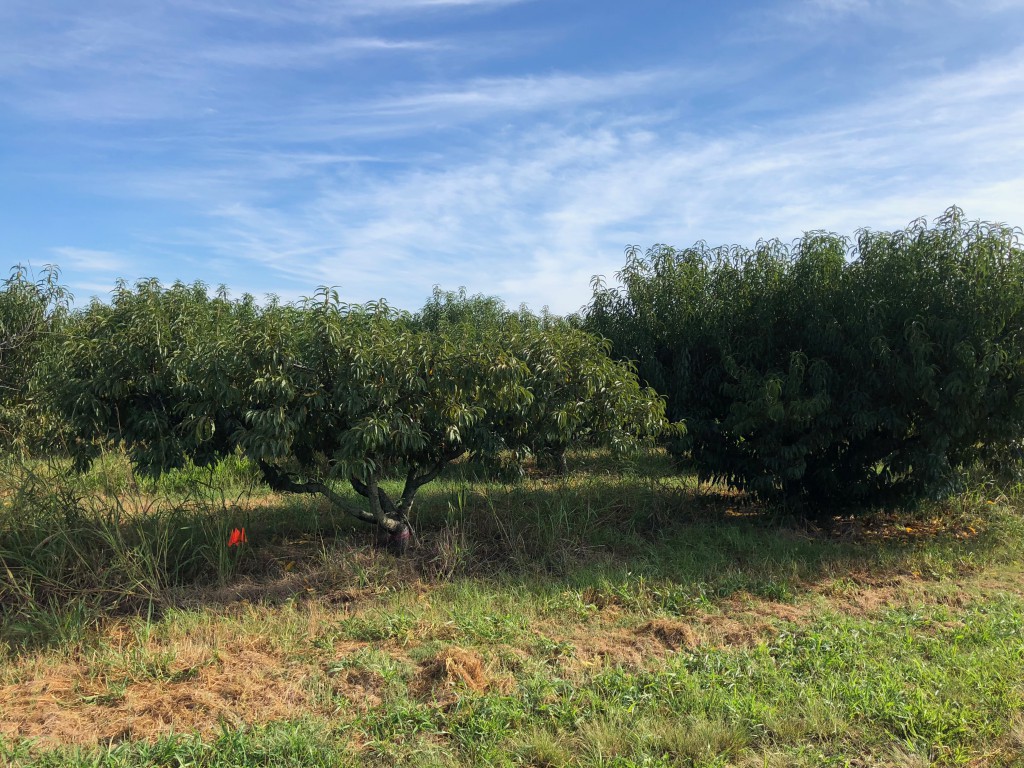
By Kendall Johnson and Phil Brannen Peaches are one of the most economically important fruit crops for the state of Georgia. Growers provide a large variety of high-quality fresh-market peaches for not only the Southeast, but for much of the U.S. Recently, growers have reported an increase in a disease called phony peach, and this…
-
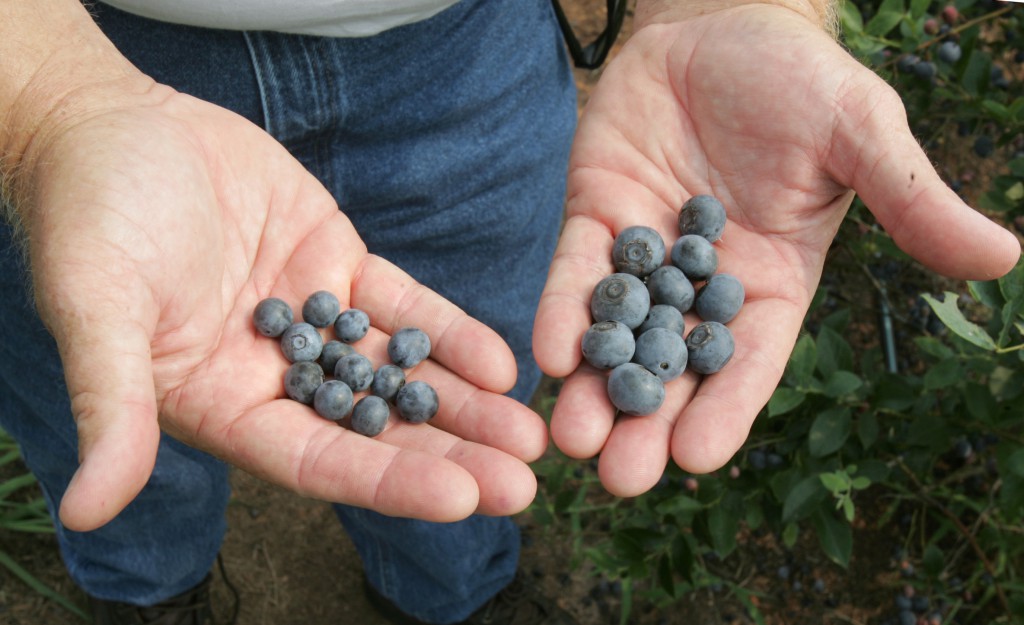
Interested in learning about integrated pest management options for blueberries? Need pesticide credits? Register for the Virtual Extension IPM Blueberry Field Day and join in next Tuesday, April 7th, 2020 from 10:00 am – 12:00 pm (EST). Register at: https://attendee.gotowebinar.com/register/1714103849236858380
-
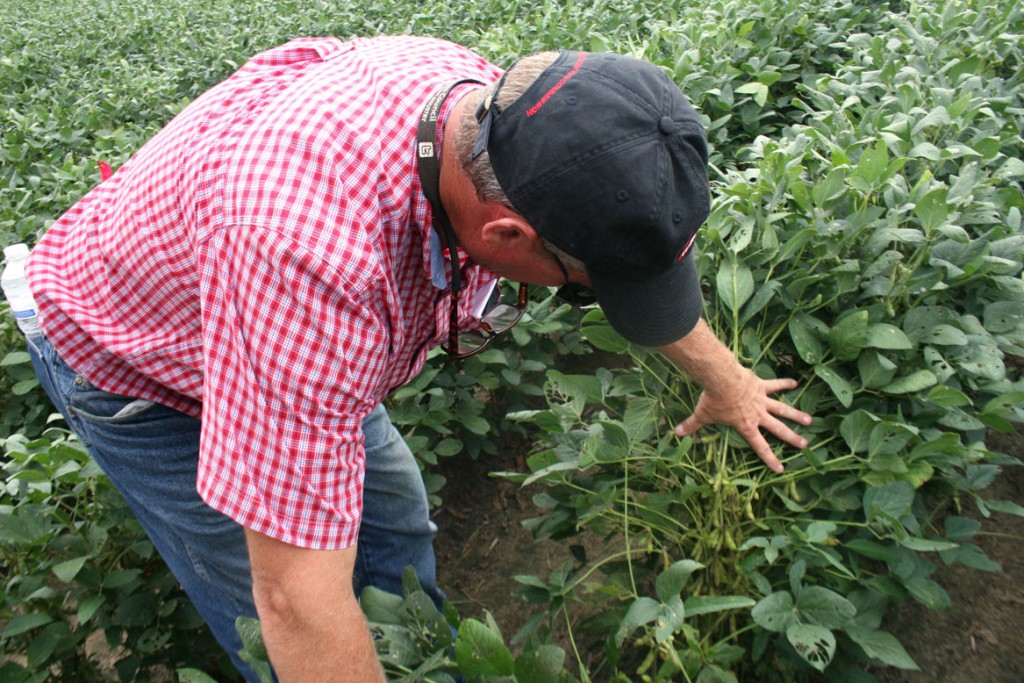
Written By: Emily Cabrera, IPM Communications Coordinator Expert Source: Phillip Roberts, Extension Entomologist In 2019, soybeans were planted on 100,000 acres in Georiga. At this month’s Northeast Georgia Soybean Production Meeting in Bowman, University of Georgia Extension specialists provided updates for growers going into the 2020 season. Extension entomologist Phillip Roberts provided the insect pest…
Posted in: biological control, chemical control, commercial, Commodity, cultural control, insect pests, Monitoring, row crop, Soybean -
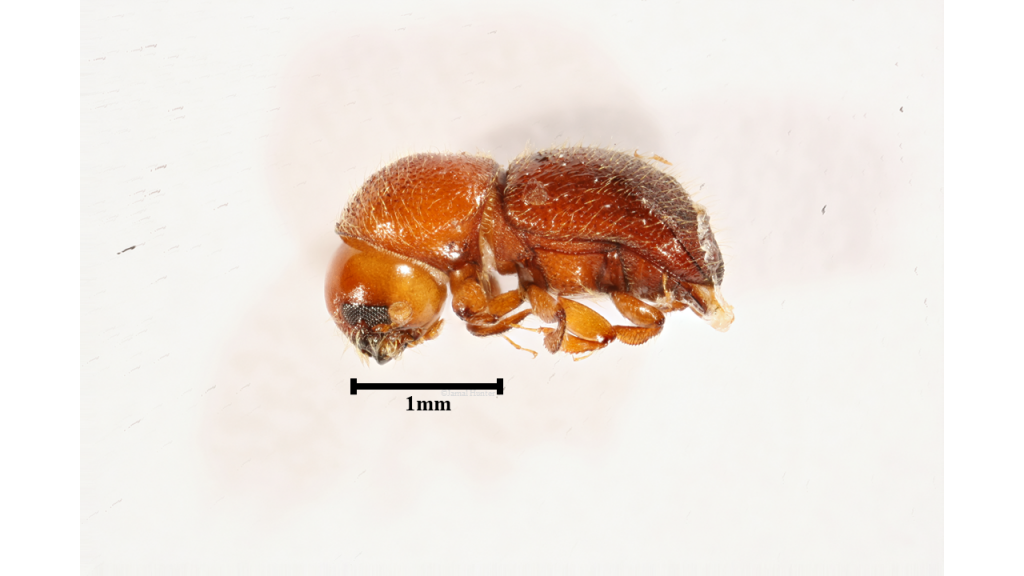
Written By: Emily Cabrera Expert Sources: Angel Acebes-Doria, Brett Blaauw, Shimat Joseph, and Will Hudson, Extension entomologists Early Monitoring If you are a pecan grower, monitoring efforts for ambrosia beetle should begin now, especially if you are planting new trees or have trees less than three years in your orchard. Young trees are at particular…
-
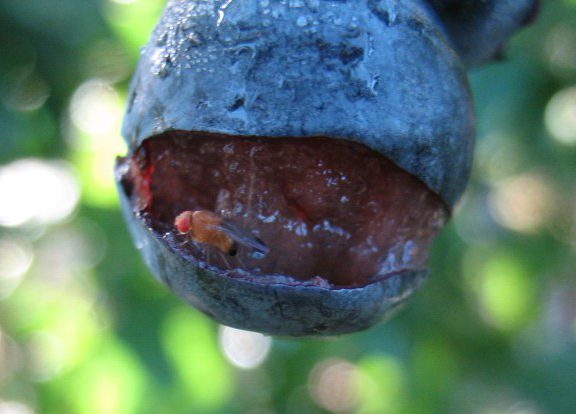
Spotted Wing Drosophila (SWD) is the most economically significant insect pest in berry production in the southeast. They survive all year round, in every landscape, and the presence of just one egg, larva, pupa, or fly can render an entire harvest unmarketable. Scout early and manage this pest for a productive year.
-
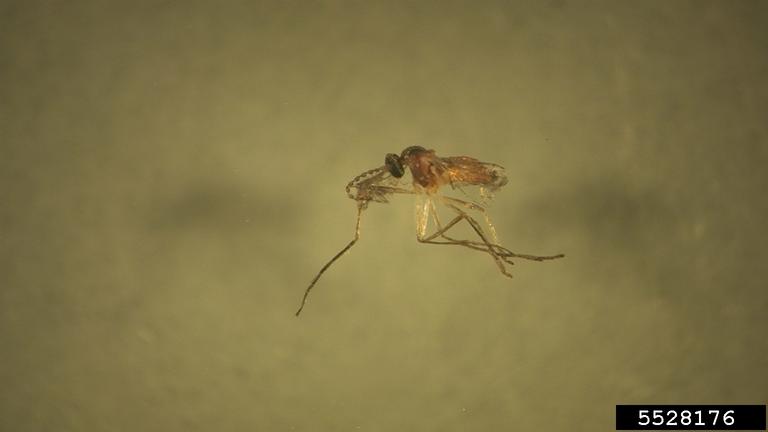
Although blueberry gall midge has historically been referred to as a rabbiteye problem, recently it has been reported to be a concern in some southern highbush fields. The majority of the highbush infestations were primarily reported in older blocks and those surrounded by rabbiteye blueberries. The southern highbush varieties that infestations have been reported include…